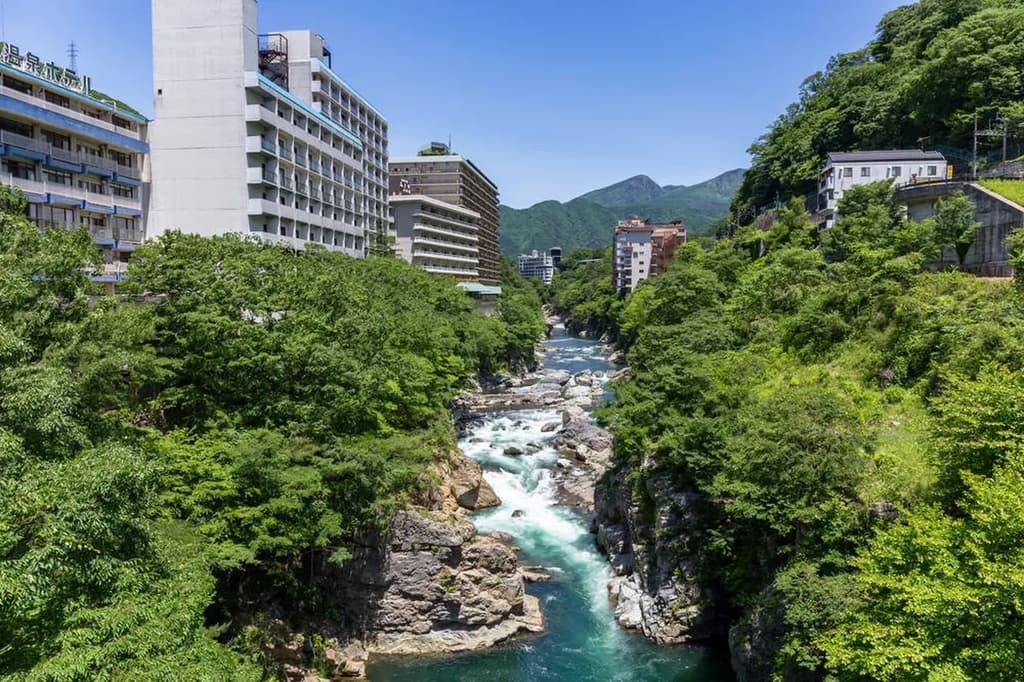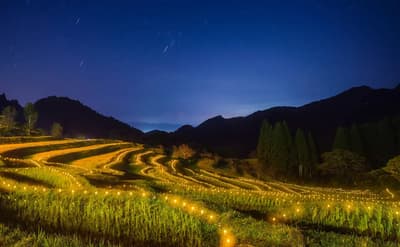Nikko City in Tochigi Prefecture is one of the leading tourist destinations in Japan, with convenient access from Tokyo. It is attracting attention not only from within Japan but also from overseas tourists interested in Japanese culture. In addition to historical spots such as Nikko Toshogu Shrine, which is registered as a World Heritage site, there are many other attractions such as leisure facilities where visitors can experience the Edo period, spots with folklore of Japanese mythology, and foods using Nikko’s delicious water. Here are some of the recommended sightseeing spots in Nikko City!
9 Classic Sightseeing Spots in Nikko City
Nikko Toshogu Shrine
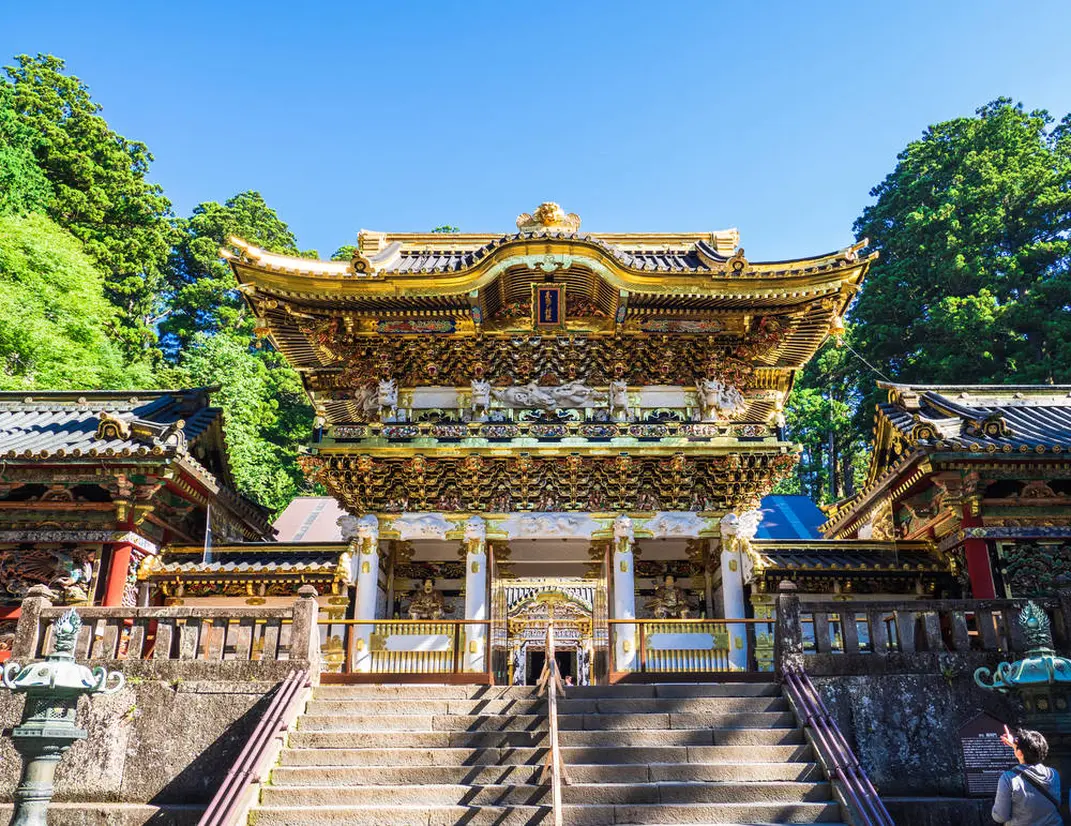
Nikko Toshogu Shrine is a historic shrine dedicated to Tokugawa Ieyasu, the first shogun of the Edo shogunate, in 1617. Most of the current shrine buildings were rebuilt in 1636, 20 years after the shrine was established. The 55 buildings, including the Yomeimon Gate, a national treasure, were registered as a World Heritage Site in 1999.
The pillars of the buildings are decorated with numerous carvings, which are not mere designs, but are said to represent forms of belief, learning, and thought. There are many famous attractions within the temple grounds, such as the Five-storied Pagoda (Goju-no-To) and the three wise monkeys of “see no evil, hear no evil, and speak no evil”.
Nikkosan Rinnoji Temple
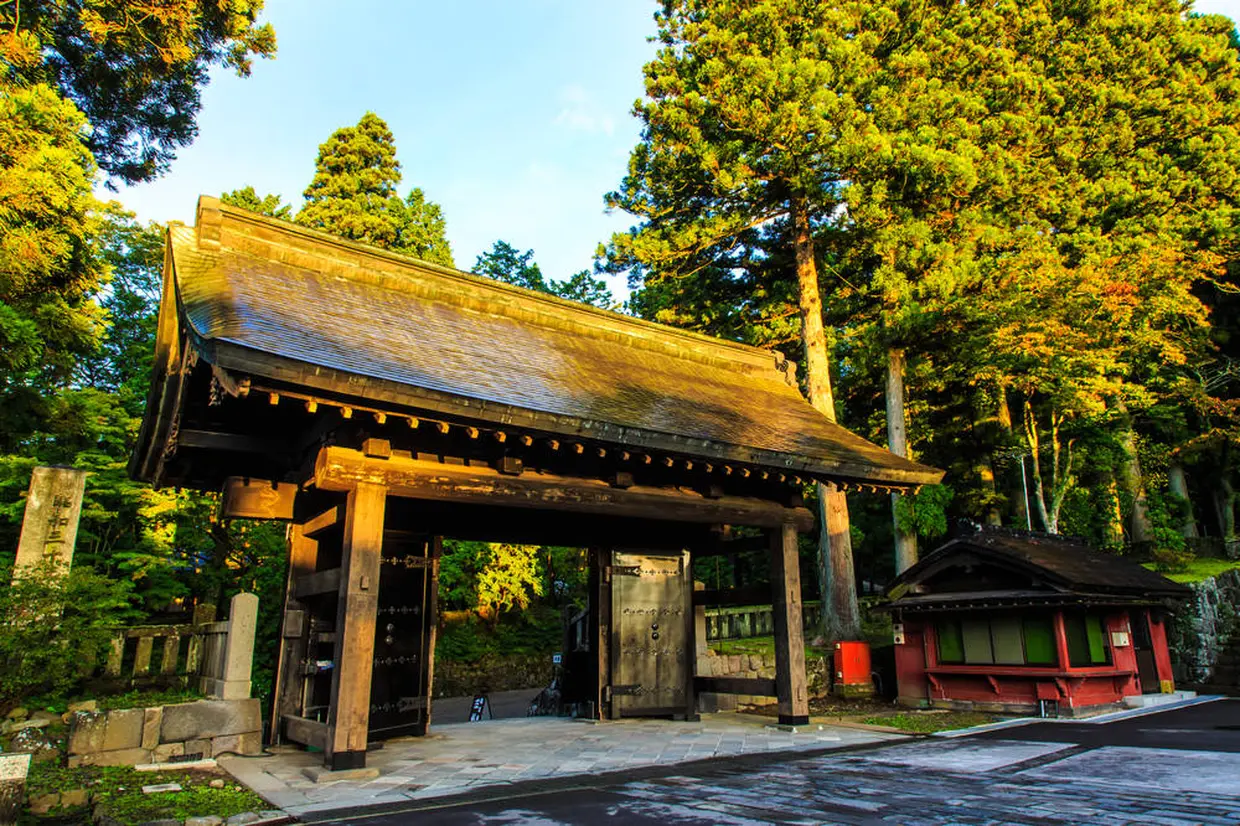
In addition to the Main Hall (Sanbutsu Hall), Taiyu-in Temple, Chuzenji Temple, Jogyodo, Daigomado, Treasure Hall, and other halls, there are 15 branch temples. The entire complex is collectively referred to as “Rinno-ji Temple”.
Rinno-ji Temple has two main precincts: Sannai, about 630 meters above sea level, and Oku-Nikko, about 1,300 meters above sea level, up Iroha-zaka Road.
The Main Hall (Sanbutsu Hall) is an Important Cultural Property, and the Taiyu-in Temple is a National Treasure.
Nikko Futarasan Shrine
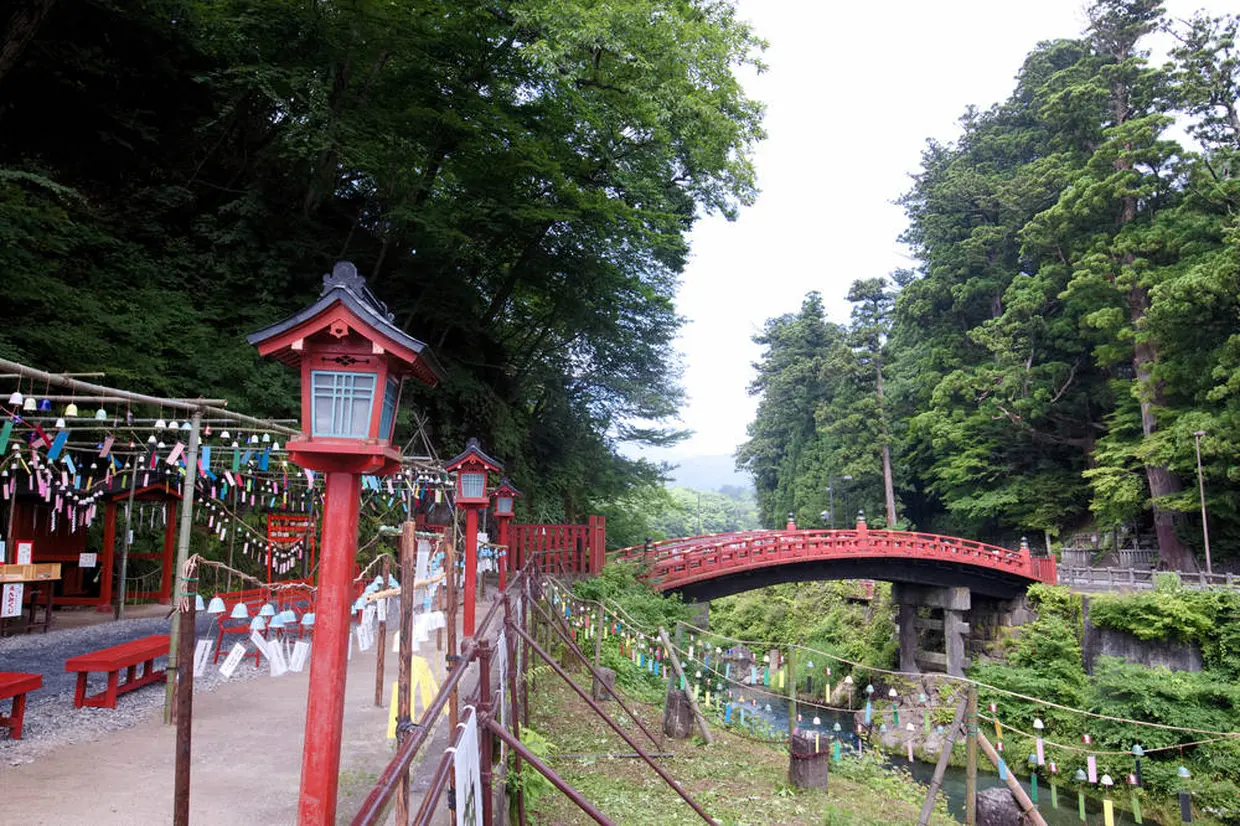
Nikko Futarasan Shrine is located between Nikko Toshogu Shrine and Nikkosan Rinnoji Temple. Mt. Nantai, a sacred mountain at 2,486 meters above sea level, is the deity of this ancient shrine, which was the origin of the Nikko Mountain belief.The main deity is Omunachi (Okuninushi) no Mikoto, the god of blessings and matchmaking, and the shrine is now popular for its matchmaking benefits.
Kegon Falls

Kegon Falls, one of the most famous waterfalls in the Nikko area, is a powerful waterfall where the waters of Chuzenji-ko Lake plunge down a 97-meter-high cliff, and is a popular tourist spot where visitors can enjoy both the grandeur of nature and the beauty of its magnificent formations.
From the viewing point, which can be reached by elevator, visitors can see the powerful cascade up close. The dynamic sight of the water splashing down is truly breathtaking.
Yunishigawa Onsen
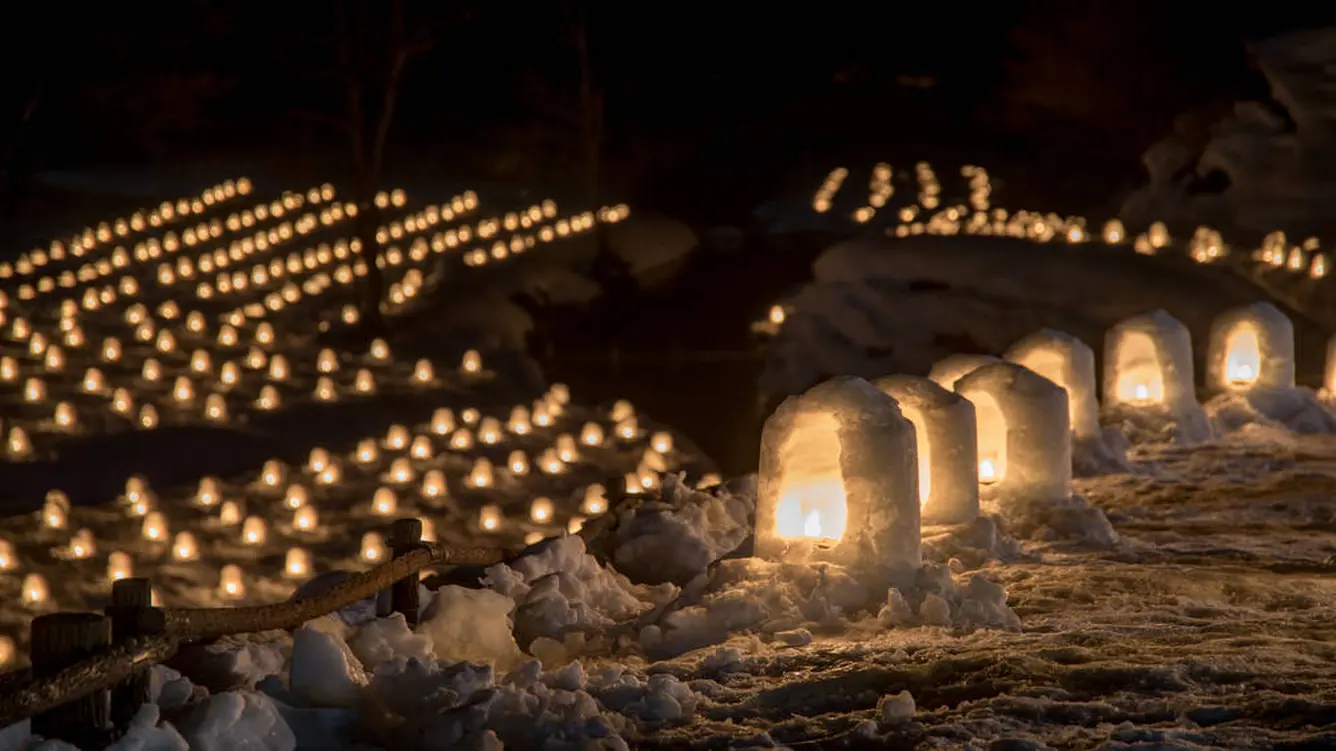
Yunishigawa Onsen is a hot spring with a long history, where people who escaped defeat in the Battle of Dannoura are said to have healed their wounds. Along the valley of Yunishigawa, from which the name of the hot spring area comes from, there are rows of inns and private homes. In addition to enjoying the hot springs, visitors can enjoy the local cuisine of the four seasons, including river fish and food from mountain, wild birds, deers, bears, and salamander delicacies.
From late January to late February, the “Kamakura Snow House Festival” is held on Fridays to Sundays only. Visitors can enjoy sledding and playing in the snow, and hot meals and beverages are sold at the store. The candle-lit night is especially magical.
It is a recommended spot to enjoy the scenery of the four seasons.
EDO WONDERLAND Nikko Edomura

EDO WONDERLAND Nikko Edomura, a classic leisure spot in Nikko, is a theme park themed on the Edo period. Passing through the checkpoint, visitors will pass through a series of streets that are full of the atmosphere of an old post town and a bustling merchant district. Visitors will feel as if they have stepped back in time to the Edo period, with Edo people wearing chonmage (traditional Japanese hair style) walking around the park.
You can experience Ninja and Japanese archery, or become an Edo person by changing into the costume of your choice from more than 20 different occupations of the time. Why not enjoy the Edo period in body and soul?
Tobu World Square

Tobu World Square is a world architecture museum that recreates the world’s buildings and world heritage sites on a 1/25th scale. From the Tokyo Skytree in Japan and the Parthenon in Greece to the Statue of Liberty and the White House in the United States, visitors can enjoy the feeling of having traveled around the world in a single day.
The park is also home to 140,000 tiny inhabitants who are 7 cm tall. There are many unique inhabitants, such as a Marilyn Monroe-like mannequin in a display window of a building, a “Roman Holiday” being filmed near the Colosseum, and a Sherlock Holmes-like detective in a British building. We recommend that you look for the little inhabitants as part of the fun.
The park has many photo spots. Turn in the direction of the signs and you will be able to see a great view of the park. Why not feel like a professional photographer and take your best photos while exploring around the park?
Kinugawa Onsen
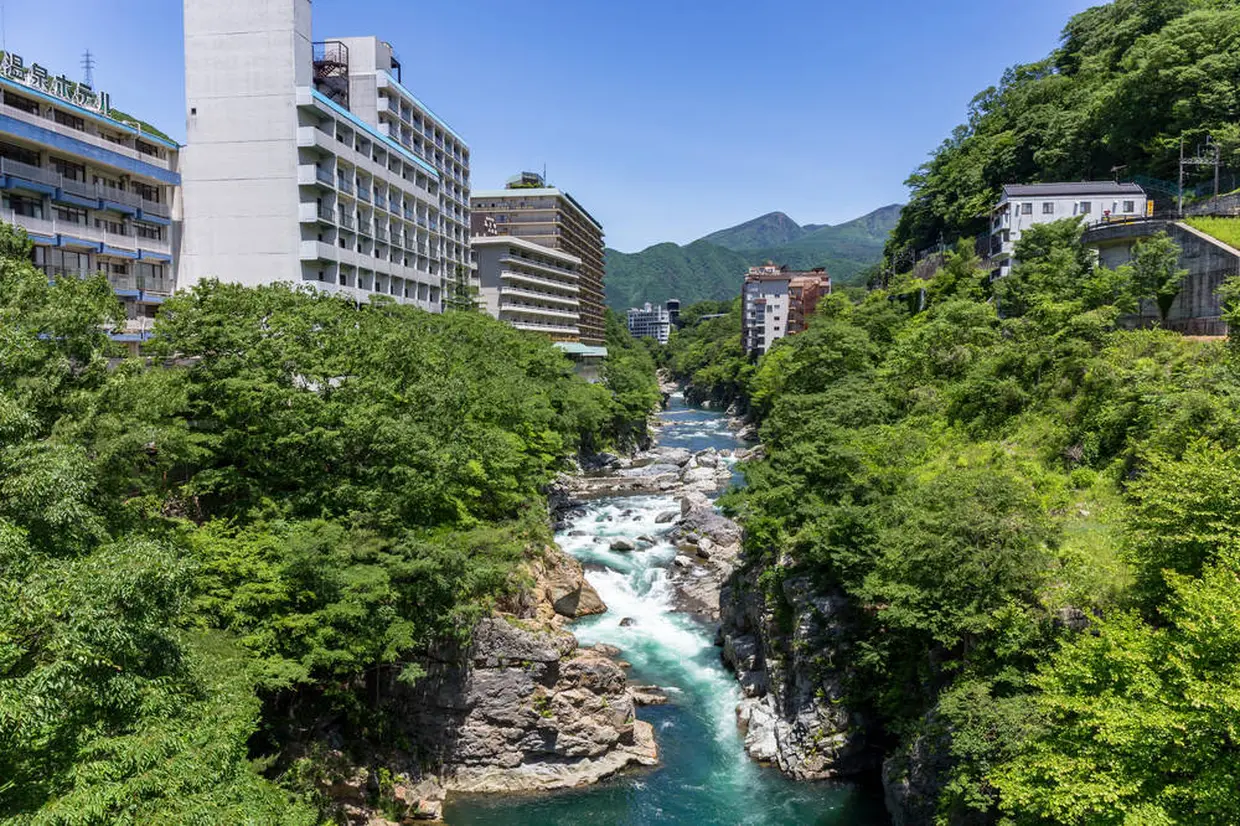
Kinugawa Onsen was discovered in the Edo period (1603-1868), and at that time, only Buddhist monks and feudal lords on pilgrimages to Nikko were allowed to use the onsen. Since it was opened to the public in the Meiji period (1868-1912), it has attracted many tourists and developed into one of the largest hot spring resorts in the Kanto region, with many inns and hotels along the Kinugawa River valley. The water is simple alkaline hot spring that is effective in relieving neuralgia and fatigue and improving health, and is soft and gentle on the skin.
From the hot spring resort area across the Kinugawa River valley, there are many hot spring inns with rooms overlooking beautiful and spectacular views and an abundance of hot spring water. There are also many attractive leisure facilities and other attractions nearby, such as Nikko Edomura and Tobu World Square, which are especially crowded with families and groups of visitors in summer.
Okunikko Yumoto Onsen
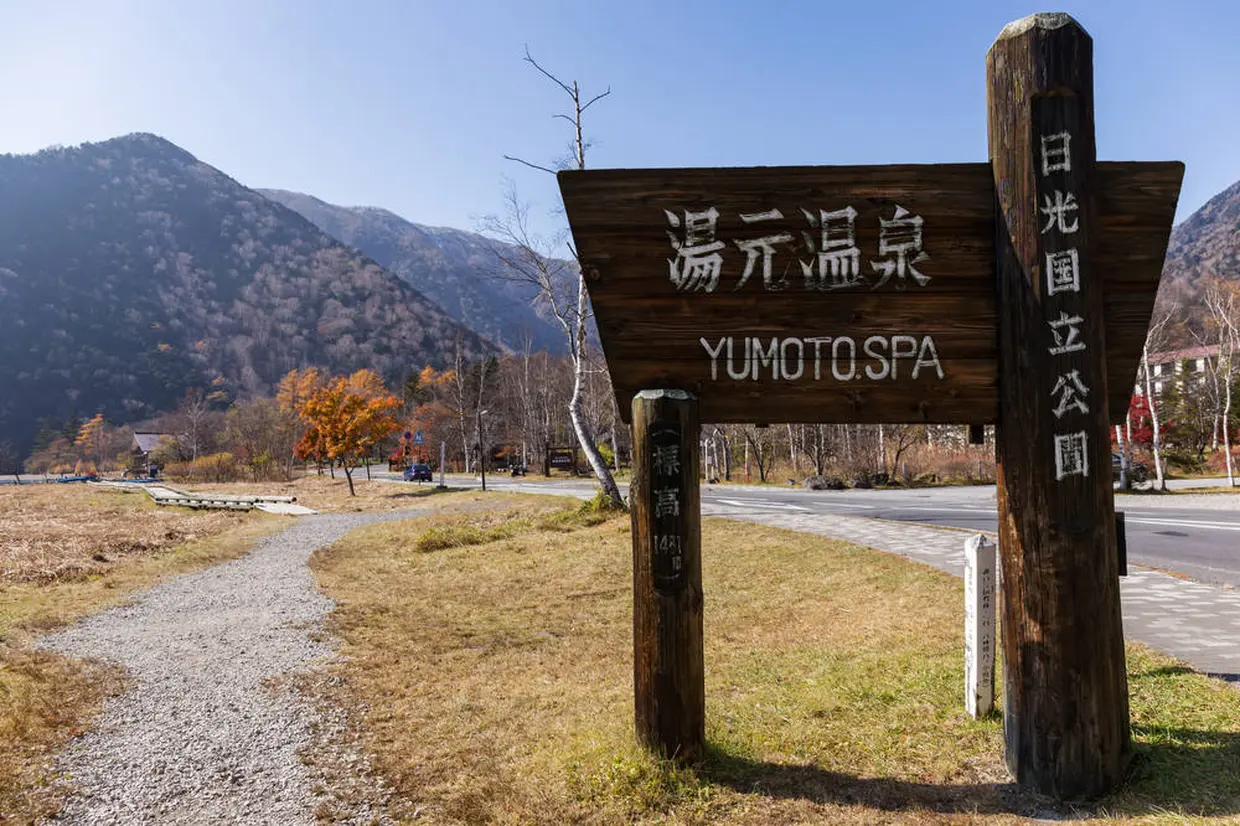
Okunikko Yumoto Onsen is a quiet hot spring resort surrounded by forests and lakes. The spring water temperature ranges from 49.3 to 78.9 degrees Celsius, and its quality is soft, neutral to slightly acidic. It is said to be the fourth most concentrated sulfur hot spring in Japan, and well known for its milky white water that is gentle on the skin. While the water’s source has an emerald green color, it transforms to milky white upon contact with the air above ground.
The hot spring temple, the branch temple of Nikkosan Rinnoji Temple, is also a popular spot for its hot spring water, which anyone can bathe in.
Yumoto Onsen can be enjoyed in all four seasons, but winter is especially recommended for its snow-viewing open-air baths, where visitors can bathe while gazing at the snowy landscape, and its snow lanterns, which have been recognized as a heritage site of illuminated night scenery.
5 Leisure Spots to Play in Nikko City
Trick Art Pia Nikko

Trick Art Pia Nikko is a trick art theme park. It is an art museum where visitors can see, touch, and take pictures, and there are various tricks inside the museum. Visitors can enjoy mysterious artworks that use the optical illusion of the human eye to depict two-dimensional objects in three-dimensional forms.
The attraction is that not only can you look at them, but you can also take interesting pictures with them, so both children and adults can play together.
Kotoku Farm
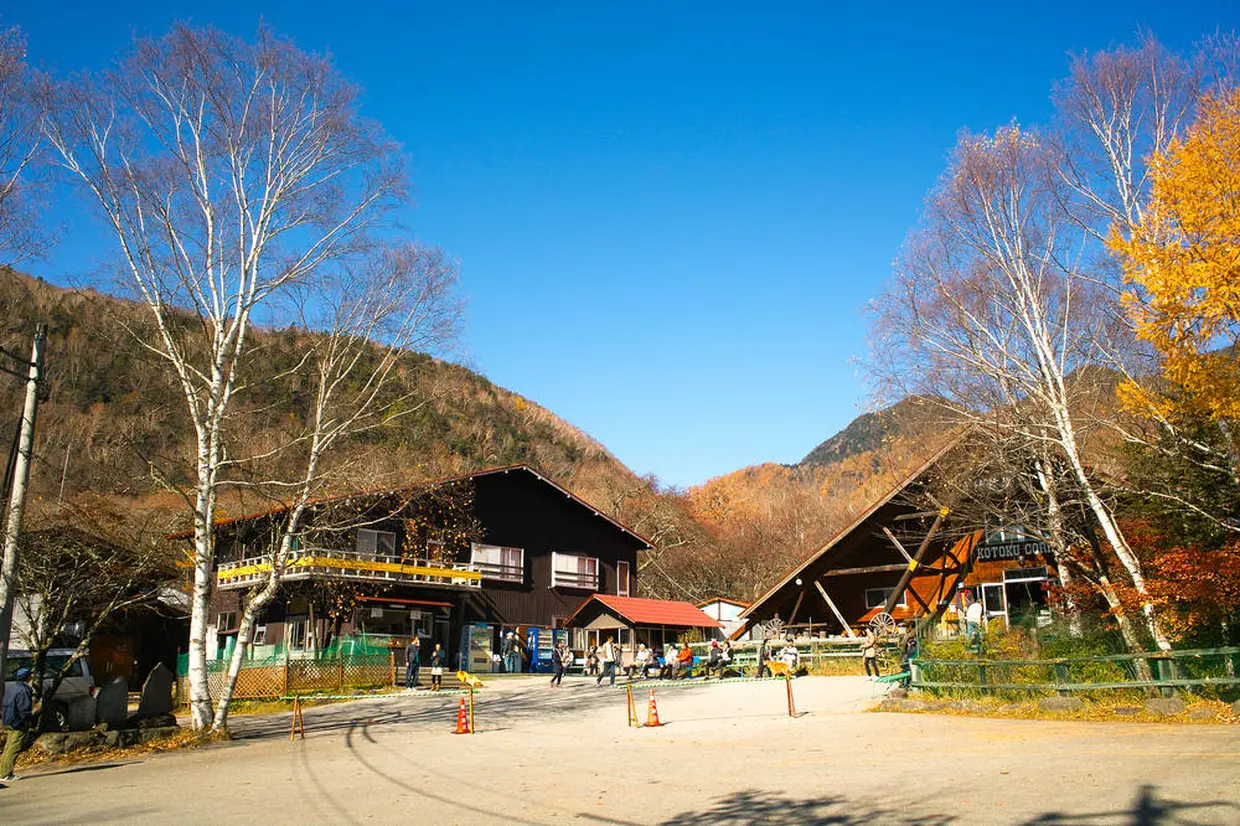
Located in Nikko National Park, the farm is not open for grazing as of December 2023, but visitors can taste delicious milk and ice cream during the season. There is also a “Kotoku Swamp” with a beautiful clear stream. Visitors can see the creatures, plants, and flowers that can only live in clean water.
Nearby is Kotoku Onsen, where you can relax after a long day of travel.
Nikko Strawberry Park
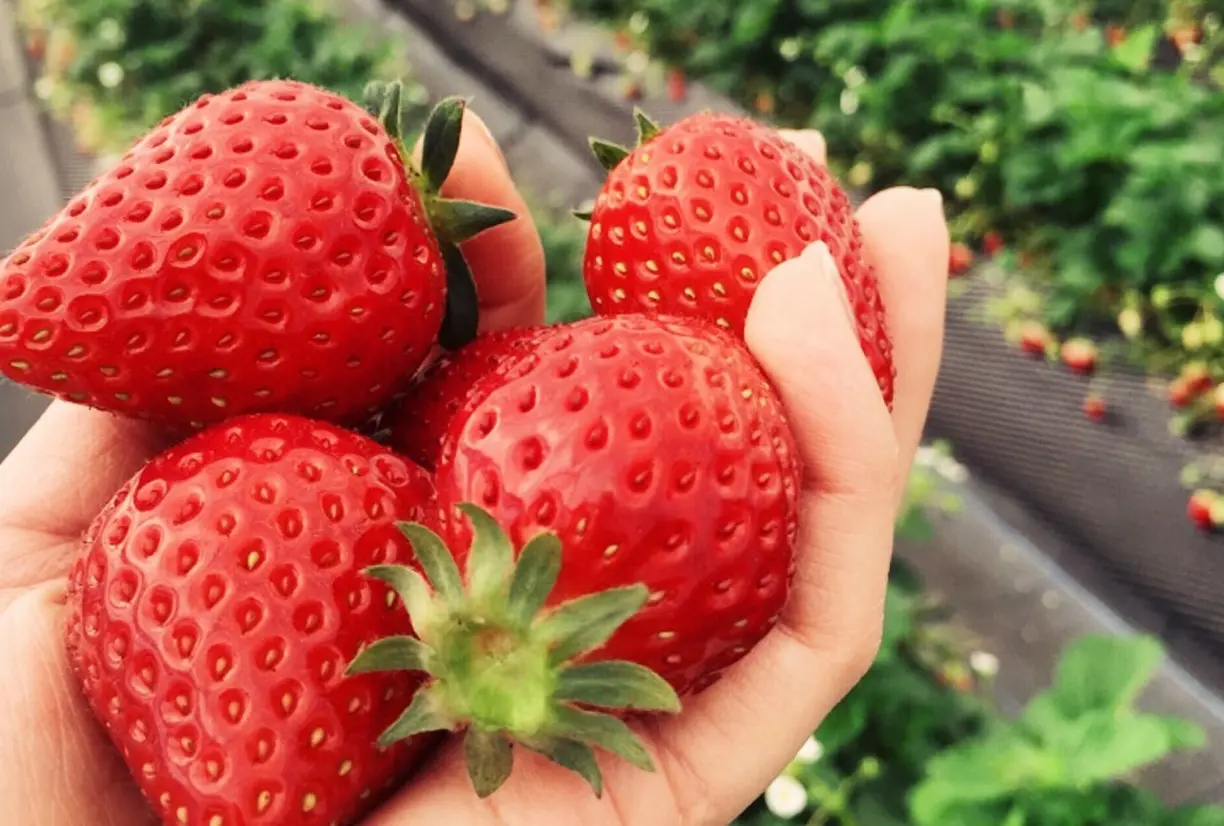
Tochigi Prefecture has been the largest producer of strawberries in Japan for half a century since 1968, and offers an all-you-can-eat strawberry picking experience for 30 minutes, featuring major varieties grown in Tochigi Prefecture such as “Tochiotome,” “Benihoppe,” and “Sky berry,” as well as new varieties such as “Tochiaika”.
The season runs from early December to late May, but can vary depending on the climate and growth of the year. Prices are set for each period, so please check the official website before visiting.
Strawberry jam, rich strawberry gelato, and strawberry soda are also available.
Kirifuri Highland
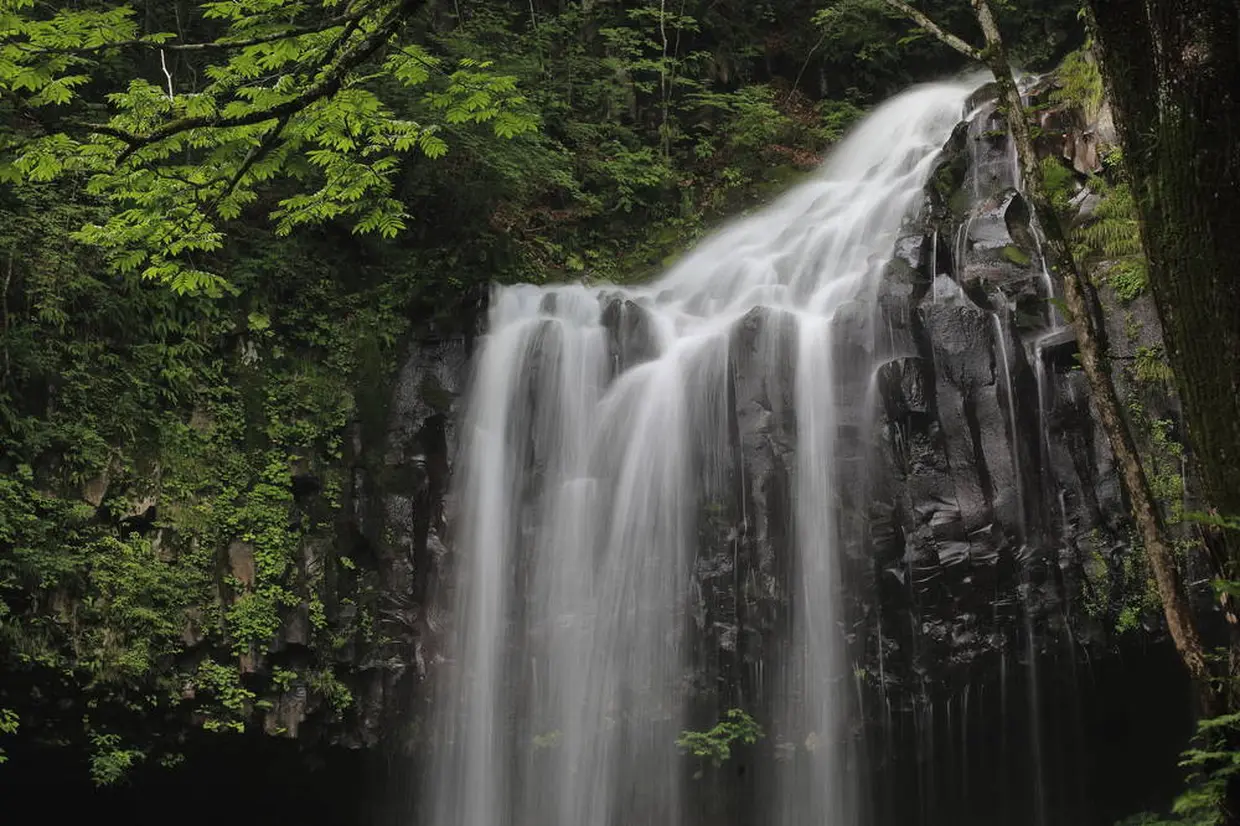
Kirifuri Highland is a highland area spreading out on the slopes of Mt. Akanagi at an elevation of approximately 1,200 meters. The surrounding area is rich in restaurants, lodging facilities, and leisure facilities for couples and families. Kirifuri Highland, where visitors can enjoy rich nature throughout the year, is a treasure trove of alpine plants, and is known for its clusters of yellow flowers called Nikko Kisuge.
At “Nikko Kirifuri Kogen Chirorin Village” in Kirifuri Highland, visitors can enjoy Nikko natural shaved ice made from natural Nikko ice with handmade syrups of local Tochiotome strawberries and blueberries. You can also enjoy leisure activities such as archery and minigolf in the great outdoors.
Fish and Forest Observation Garden
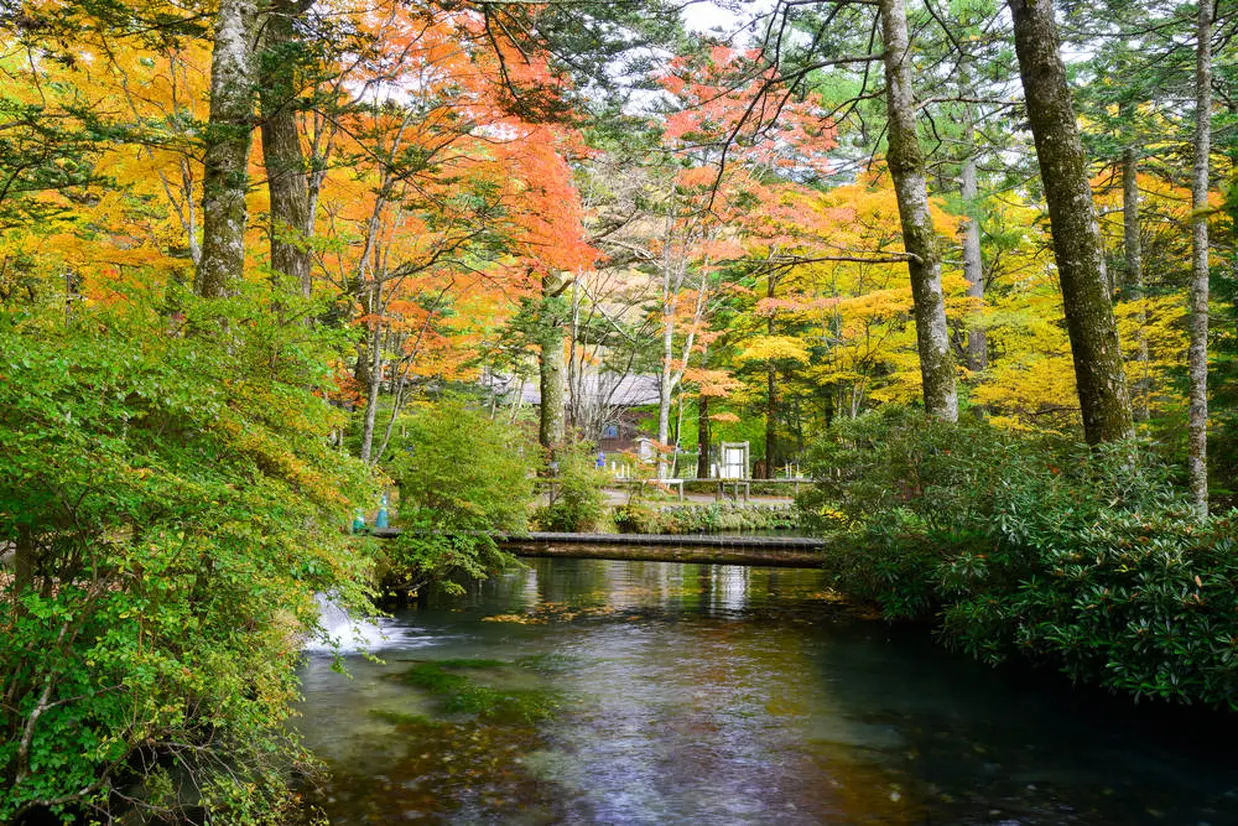
Fish and Forest Observation Garden is a public relations facility of the Fisheries Research and Education Organization located on the shore of Lake Chuzenji. A part of the institute’s premises is open to the public, and visitors can learn about salmon and trout that live in rivers, lakes, and marshes.
In the park, visitors can observe Itou, which is said to be a elusive fish, lake trout, which are only found in Lake Chuzenji, and various species of salmon, trout, and sturgeon.
The “Fish Information Center” in the park is a popular place for children to learn about the fisheries industry and fisheries research in a fun way.
5 Spectacular Natural Spots in Nikko City
Ryuzu Falls
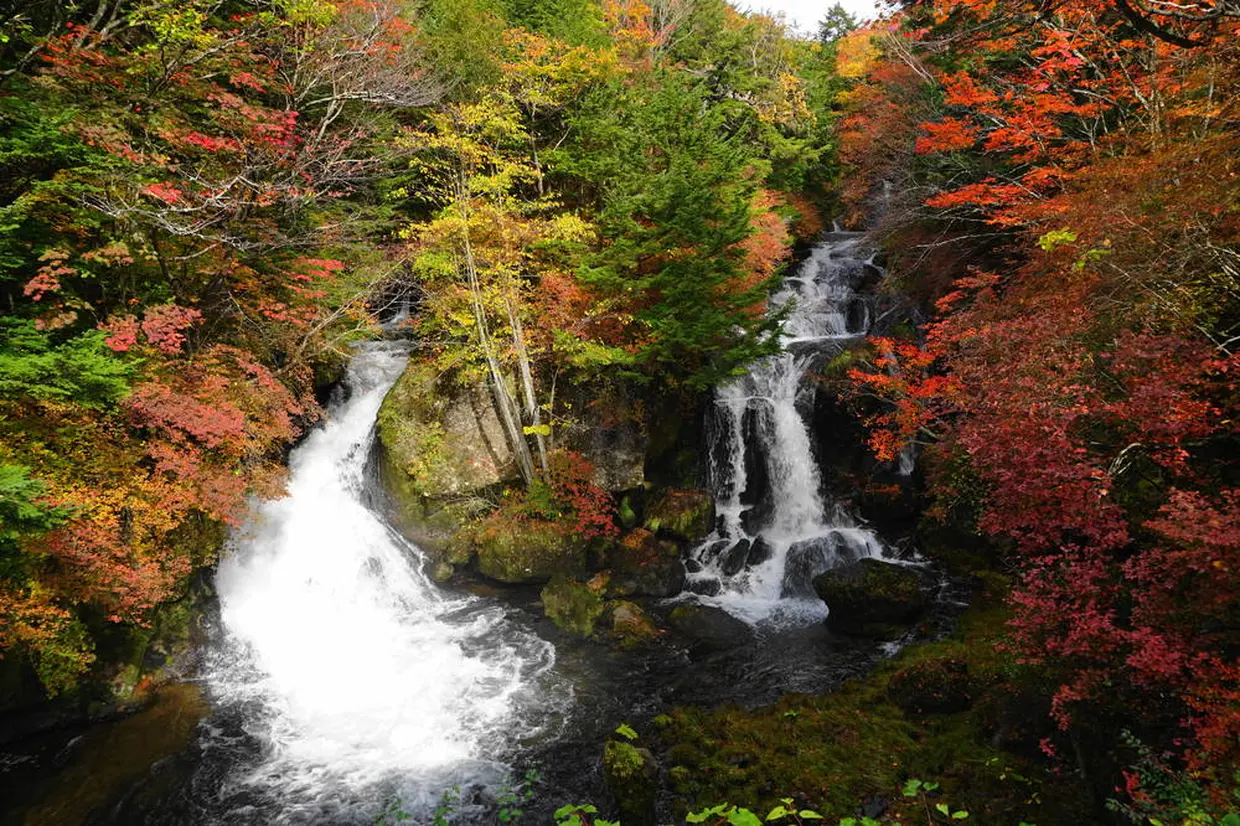
Ryuzu Falls is one of the three most famous waterfalls in Nikko, falling 210 meters over lava formed by the eruption of Mt. Nantai. The name “Ryuzu Falls” (Dragon’s Head Falls) is said to come from the resemblance of a large rock dividing the waterfall basin into two parts, resembling the head of a dragon.
From May to June, the reddish-purple azaleas will be in full bloom, creating a beautiful sight against the fresh greenery. From late September, the area becomes a popular sightseeing spot for its autumn foliage, and visitors can enjoy the beautiful scenery colored in various colors by maple trees and linden trees.
Ryuokyo Canyon
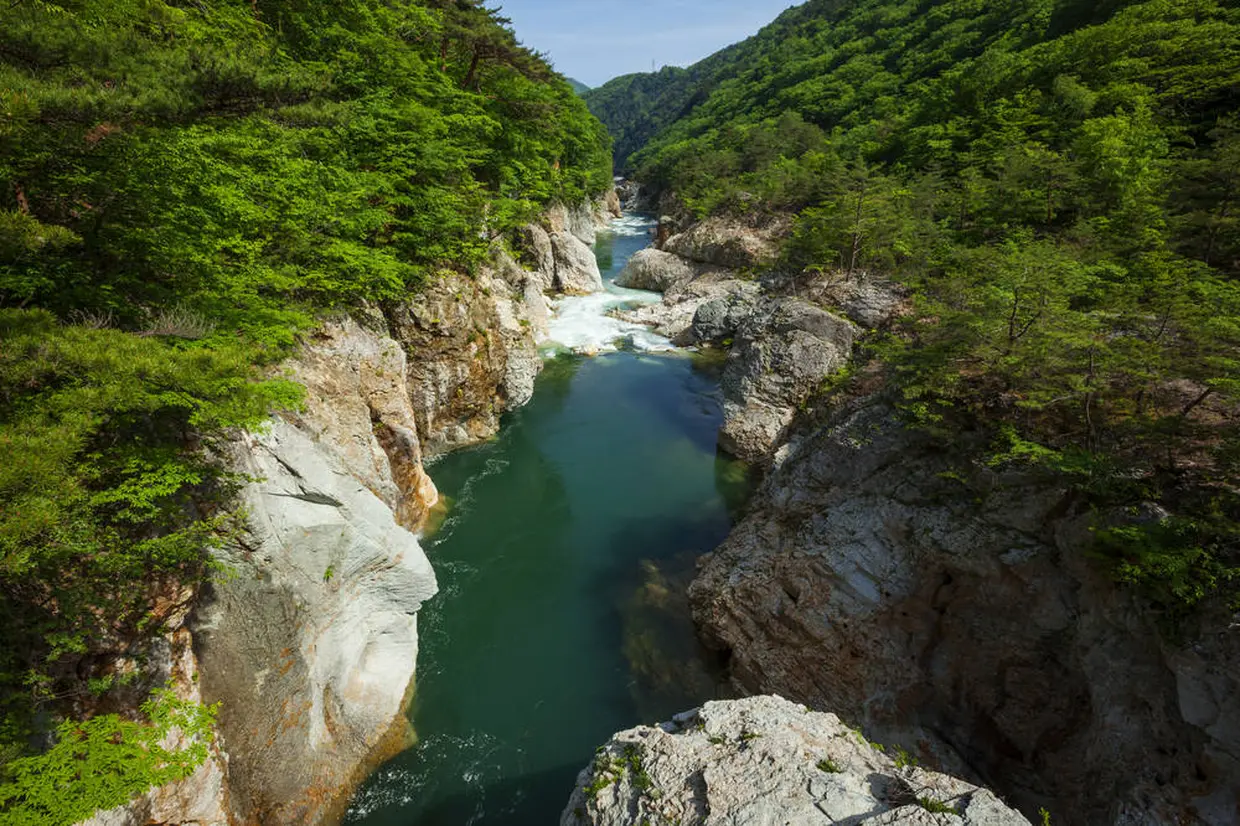
Ryuokyo Canyon is said to have been formed by the eruption of volcanic rocks from an undersea volcano about 22 million years ago, which were gradually eroded by the flow of water from the Kinugawa River to create the landscape we see today. The powerful landscape, reminiscent of a rampaging dragon, stretches approximately 3 km between the Kawaji Onsen and Kinugawa Onsen resorts in the mountains.
Hiking trails are also available, with the longest being a three-hour walk. A leisurely hike while enjoying the seasonal scenery of Ryuokyo Canyon is sure to relax your body and mind.
Senjogahara Marshland

Senjogahara Marshland, which boasts a vast area of 400 hectares, was once a lake that was transformed into a marshland. The name is said to originate from the myth that it was a battlefield where the god of Mt. Akagi and the god of Mt. Nantai fought. There are hiking trails that can be completed in about two hours, and nature trails that encircle the marshland.
It is also famous for its many wild birds and about 350 kinds of native plants. There are observation points at various locations where you can enjoy a magnificent view of the vast marshland with Mt. Nantai. Why not experience the spectacular nature that changes from season to season?
Yudaki Falls
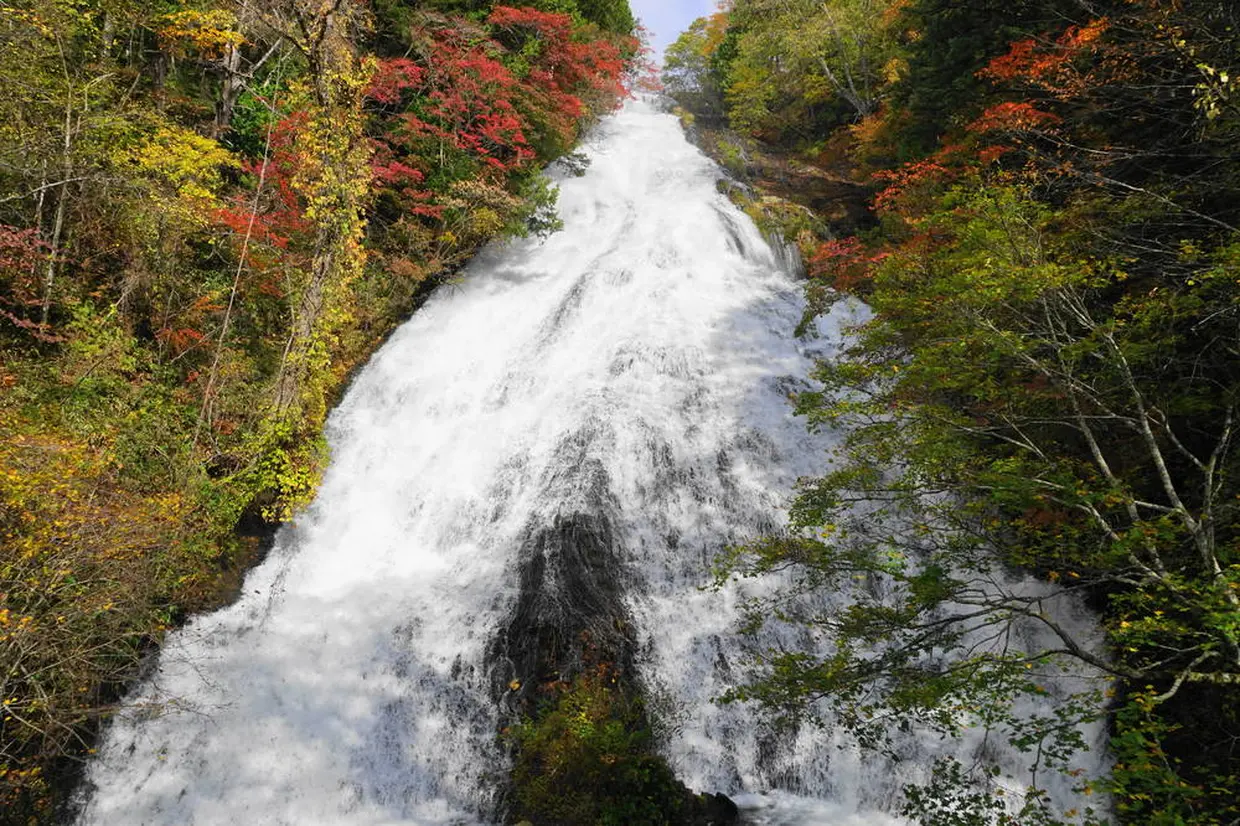
Yudaki Falls is a 70-meter-high, 110-meter-long waterfall at the southern end of Lake Yunoko. The falls are located on the hiking trail leading north from Senjogahara Marshland, making it a good spot to visit if you are in Senjogahara.
Yudaki Rest House is located near the falls, where you can enjoy fresh fish grilled over an open hearth and delicious dumplings. There is also a restaurant where you can enjoy udon, soba, set menus, etc., making it a good place to take a break from hiking, bird watching, or photography.
Kanmangafuchi Abyss
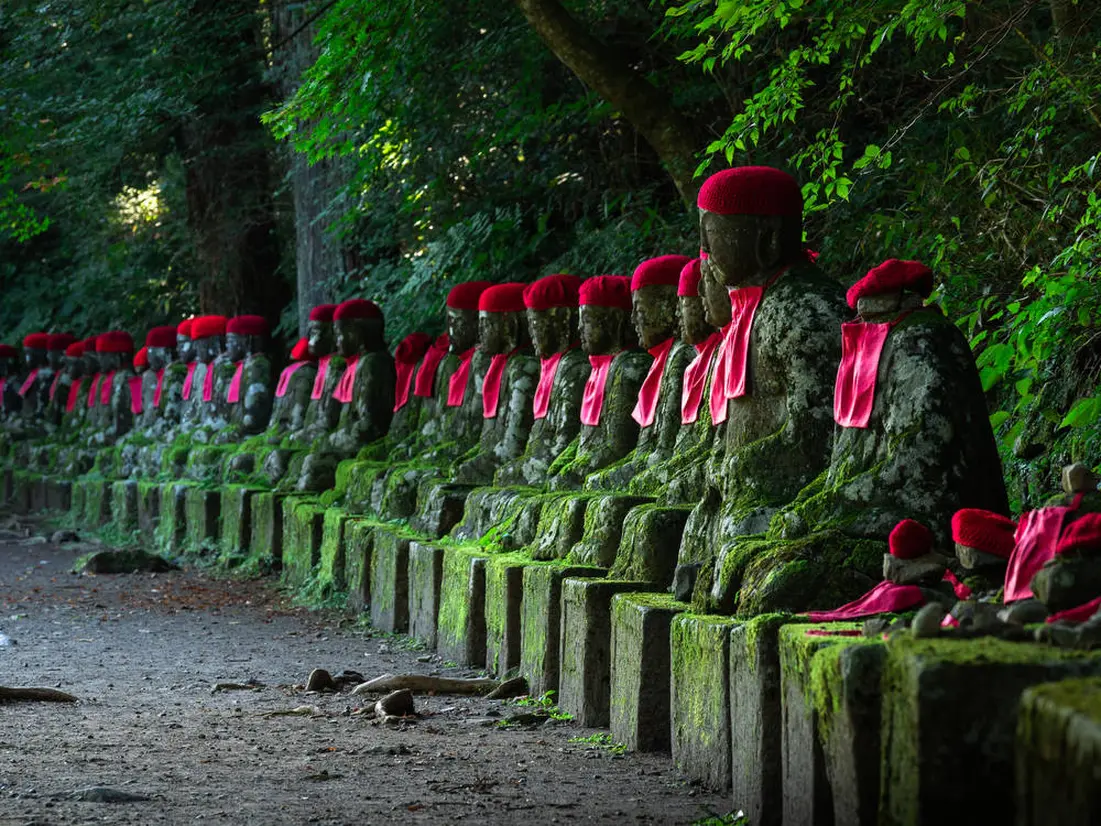
– Kanmangafuchi Abyss is a small gorge of the Daiya River, which is created by lava erupted from Nantai.
There is a group of Jizo Statues on the south bank, also known as “Phantom Jizos” because of the difference in the number of Jizo statues on the way there and on the way back.
2 Tourist Spots to Learn about History in Nikko City
Heike No Sato
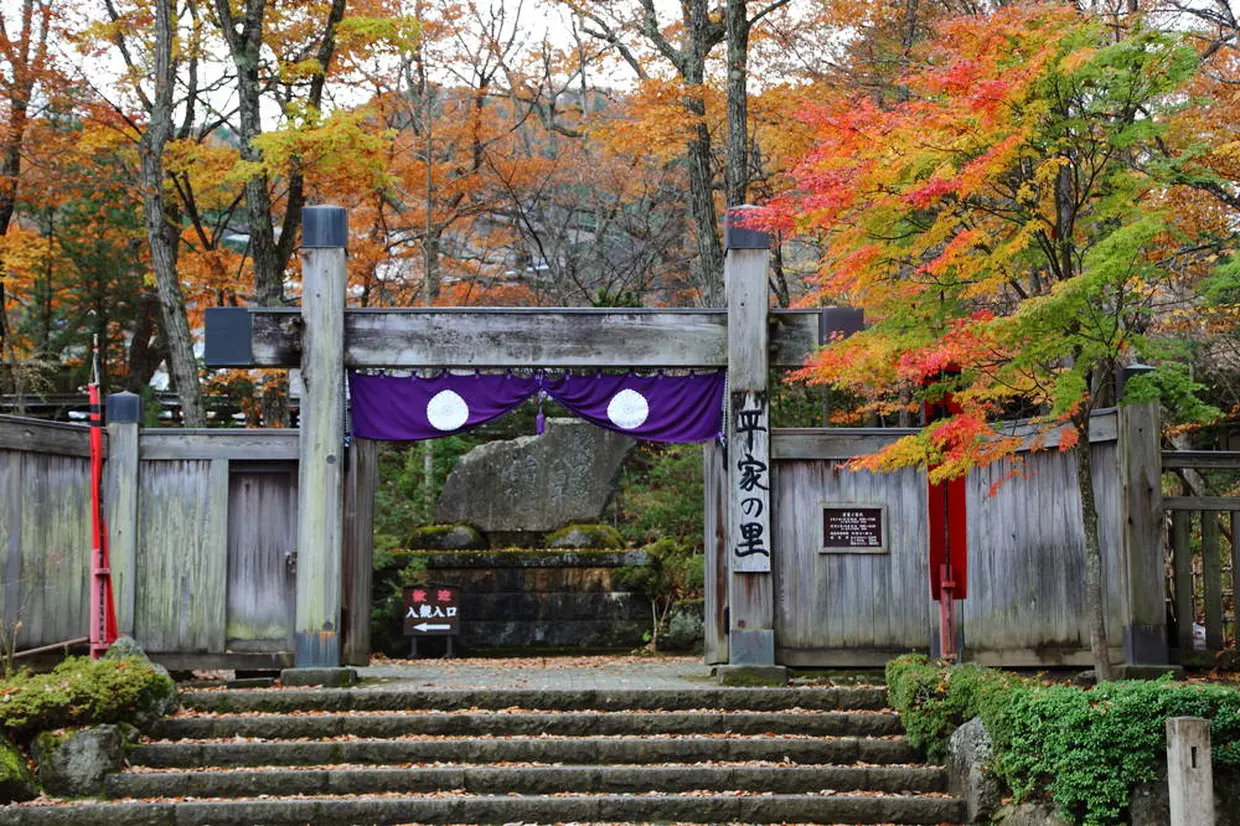
Heike No Sato, located in Yunishigawa Onsen, which has long been passed down as the legendary site of the Heike fugitives, is a restored facility that serves as a base for preserving and passing on to future generations the way of life and lifestyle of the people, who are filled with many secret stories and legends.
In addition to exhibits of traditional performing arts and tools for learning about life in the Yunishigawa area, visitors can enjoy oshiruko (sweet red-bean soup), sobagaki (ancient Japanese dish made with soba flour and hot water), and other delicacies. At the souvenir shop, visitors can purchase fresh agricultural products and processed wild vegetables produced in Yunishigawa.
Furukawa Kakemizu Club
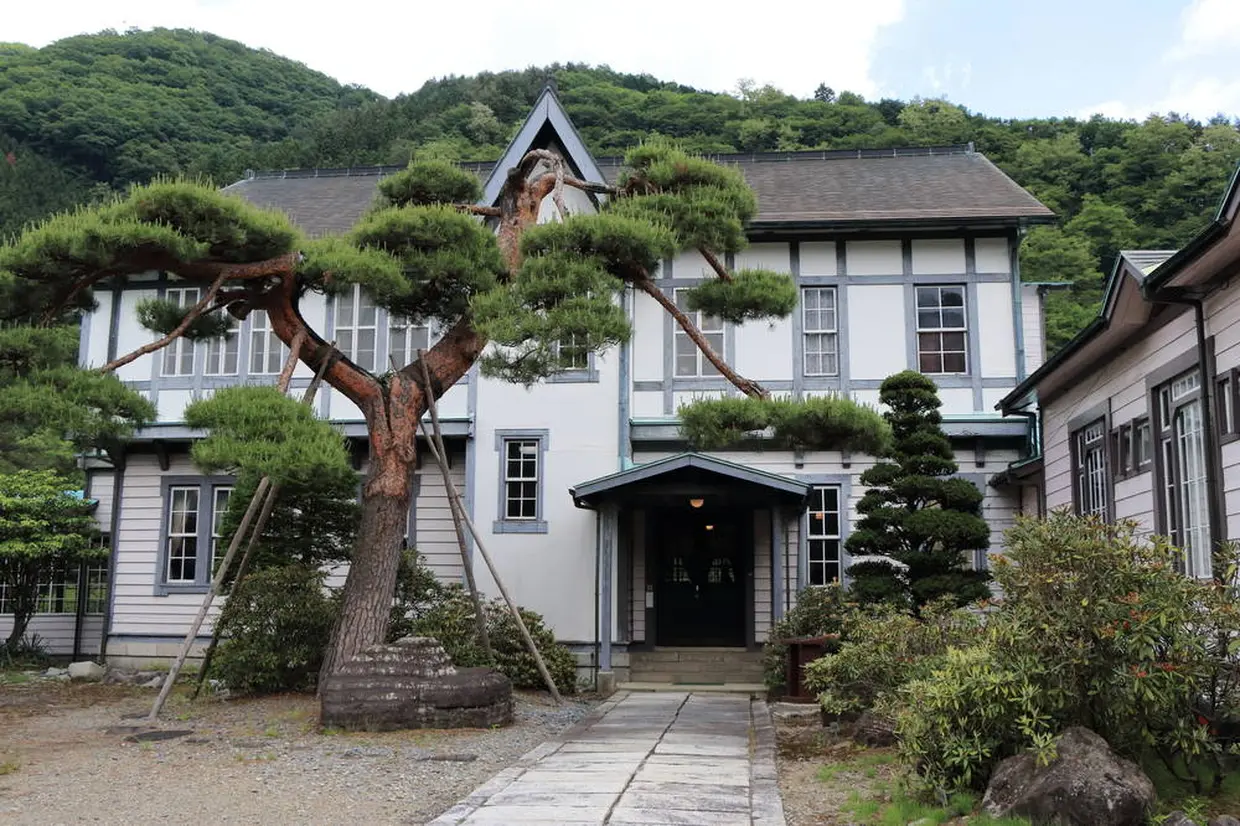
The Furukawa Mining Company, founded in 1875, used this guesthouse for entertaining and accommodating the nobility and high-ranking government officials who visited the Ashio Copper Mine during its prosperous period.
The building of the Furukawa Kakemizu Club, which was reconstructed in the early Taisho period (1912-1926), has a Western-style exterior, while the interior is a wooden structure with both Japanese and Western styles. Inside the building, a historic piano dating back to 1924 and the first billiard table made in Japan are on display, giving visitors a glimpse of the glamorous atmosphere of the time.
2 Spiritual Places
Takinoo Shrine

Takinoo Shrine, located approximately 1 km west of the Nikko Futarasan Shrine, is a branch shrine of the Nikko Futarasan Shrine, known as the god of childbirth and safe delivery. Behind the main shrine stands “Sanbonsugi”, a huge cedar tree, creating a sacred atmosphere.
The Torii ritual (Torii gate for testing one’s luck) at Takinoo Shrine is said to bring good luck if a stone is thrown three times through the small hole in the gate and even one stone passes through the hole. Other popular spots for good luck include the “Enmusubi no Sasa”, which is said to bring people together if they make a wish on banboo grass, and the “Kodane-ishi Stone”, which is believed to be blessed with the birth of a child and ensure safe delivery.
Chuzenji Temple
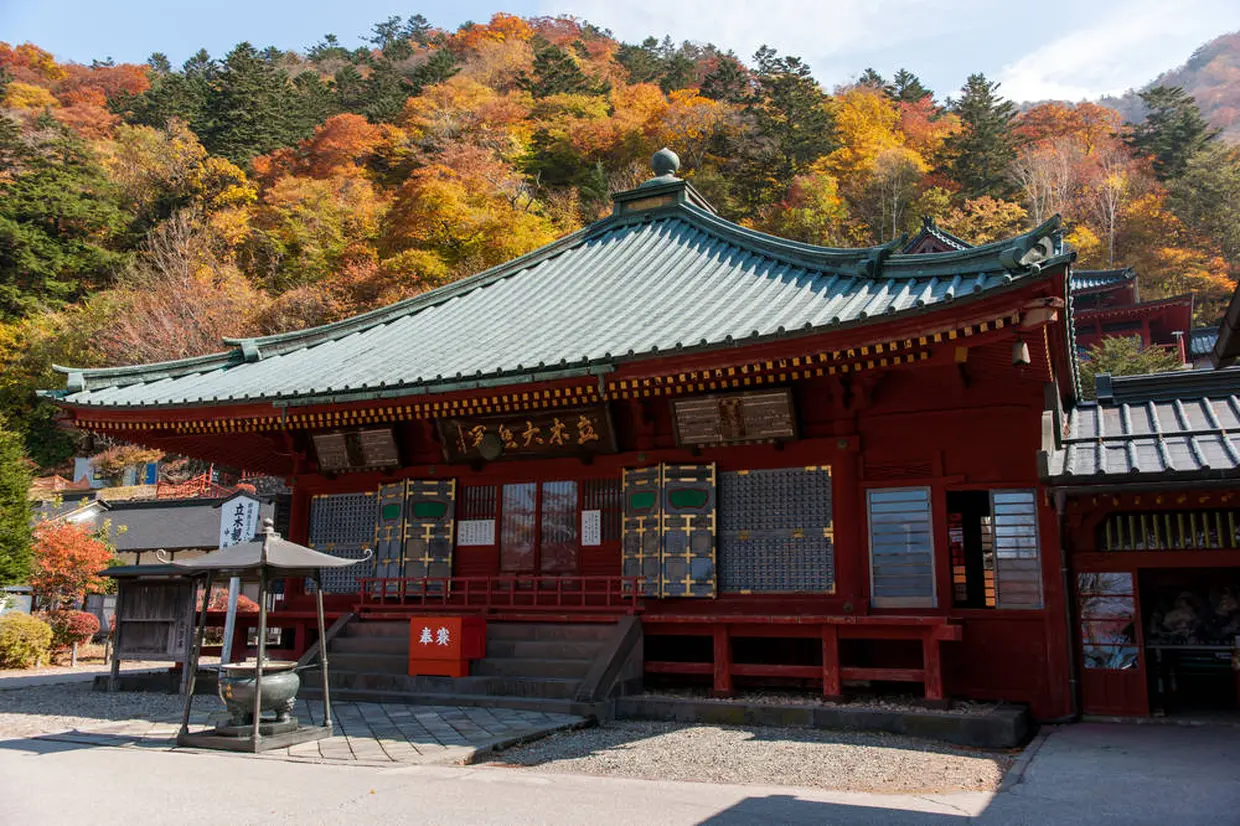
Chuzenji Temple is a branch temple of the World Heritage Site Nikkosan Rinnoji Temple, and was built in 784. It is said to be beneficial for the fulfillment of various wishes.
From Godaido, the view over Chuzenji-ko Lake is spectacular.
On the path leading to the temple, to the right, there is a “Migawari no Kobu.” It is believed that if you touch the bump after touching a bad or painful part of the body, the bump will take the place of the body.
6 Recommended Food Spots in Nikko City
Asahiya Shokudo

Conveniently located in front of Tobu Nikko Station and a 3-minute walk from JR Nikko Station, Asahiya Shokudo offers delicious handmade soba and udon noodles. Yuba dishes, a specialty of Nikko, are also available, making the restaurant popular among tourists visiting Nikko.
KASHIWA CAFE & COFFEE ROASTERY
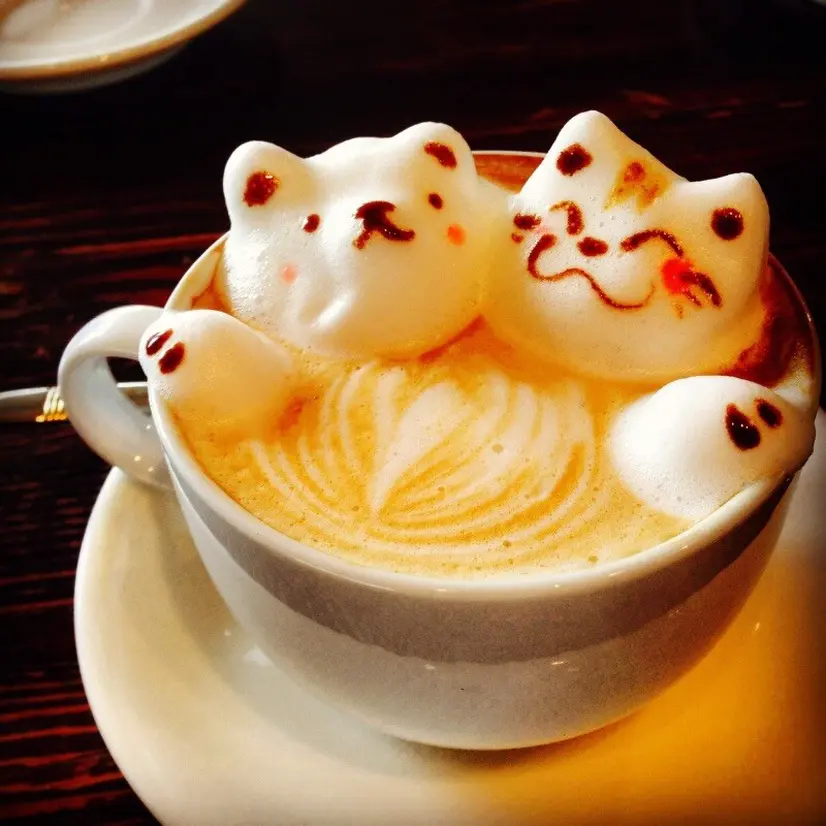
KASHIWA CAFE & COFFEE ROASTERY, located in Imaichi, Nikko City, has become popular on social media for its “decoration lattes,” latte art made upon request. 3D animals, portraits, and more are available upon request.
Nikko-san French Toast made with royal bread from Nikko Kanaya Hotel Bakery and shaved ice made from Nikko natural ice are also available.
Nikko Sakaeya
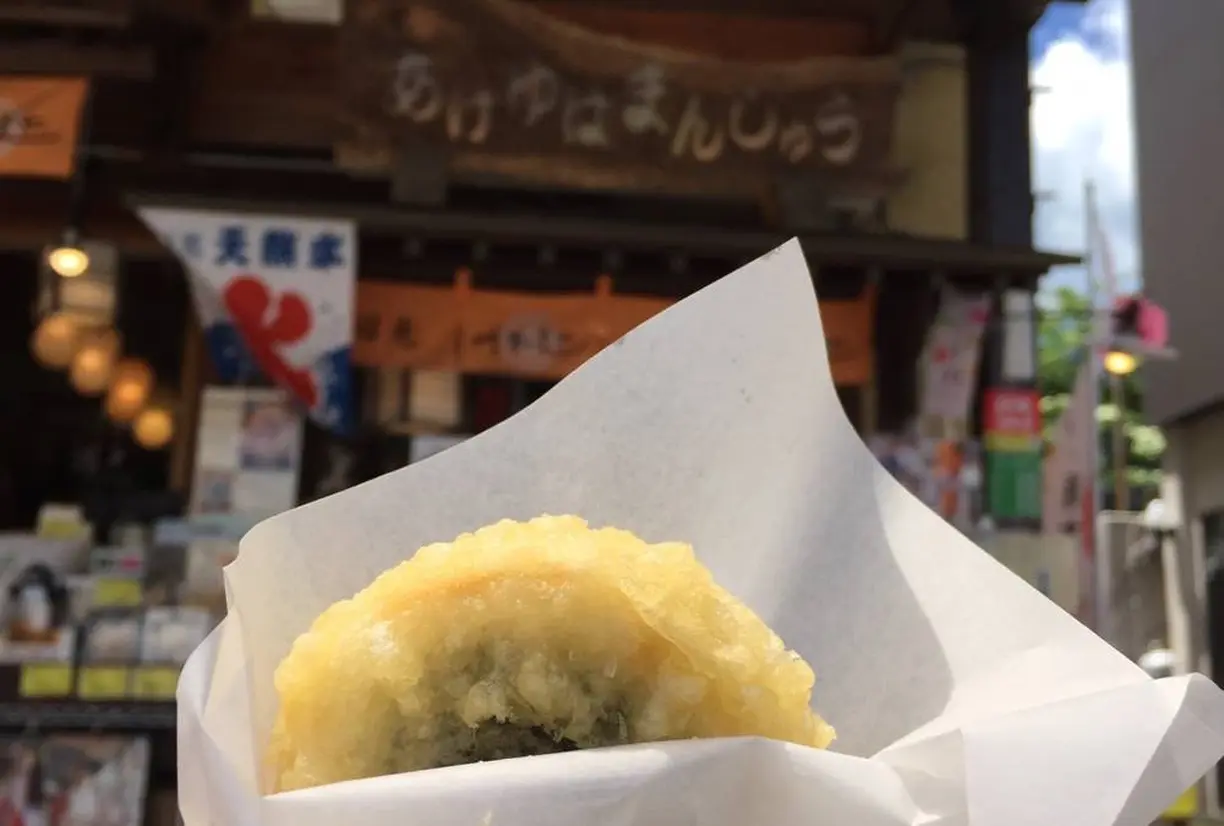
At Nikko Sakaeya, located in front of Nikko Station, you can enjoy Nikko’s specialty, yuba (tofu skin), in deep-fried manju form. The Deep-Fried Yuba Manju, a homemade original product, is a Nikko Yuba Manju kneaded with Nikko’s specialty Yuba and selected soy milk, coated with batter, and deep-fried in oil. The sweetness of the manju and the crispiness of the batter are amazing.
It also offers shaved ice made from natural Nikko ice, making it the perfect spot to stop by during exploring Nikko.
YUKON

YUKON is a log house-style coffee house located about a 3-minute walk from Chuzenji Kanaya Hotel. It is very conveniently located when driving to Oku-Nikko, and is a popular place for tourists and other visitors to the area.
You can enjoy a variety of menus, such as curry made from a recipe that has been reproduced since the Taisho era (1912-1926) and sandwiches made from fluffy bread, along with delicious coffee and tea.
Nikko Coffee, Goyoteidori
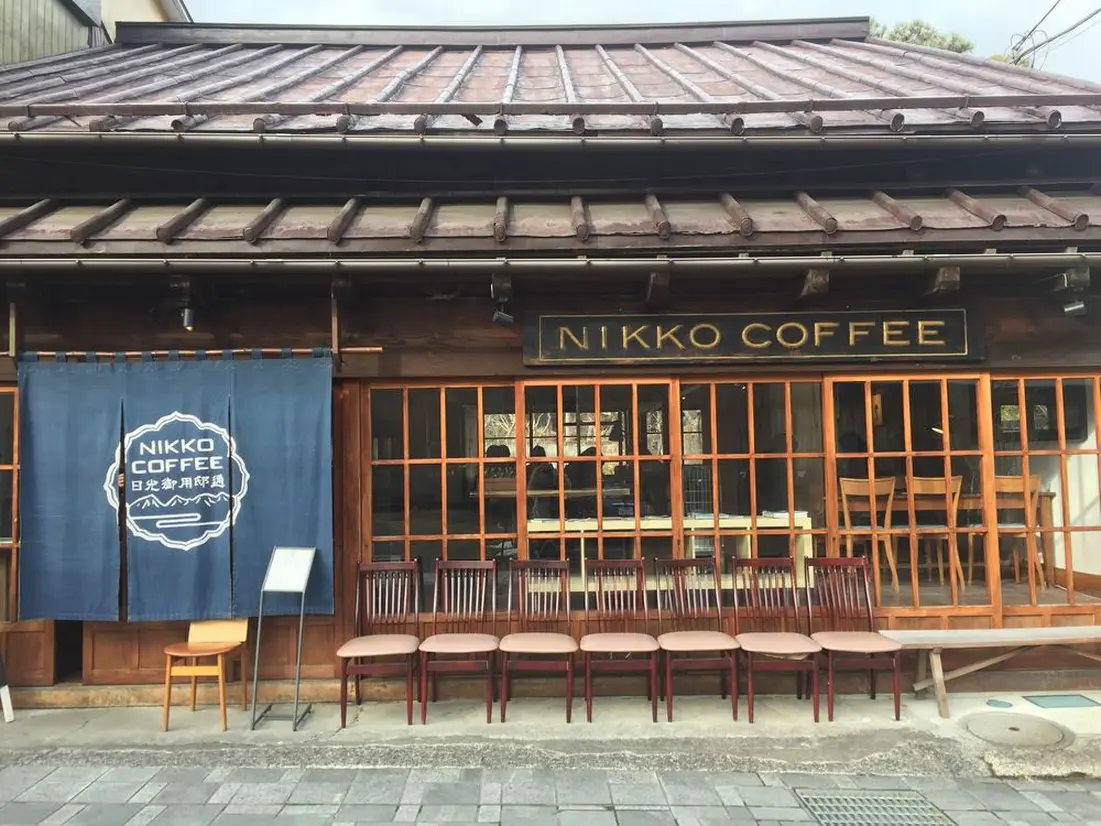
Nikko Coffee, Goyoteidori is a cafe where you can enjoy the rich aroma of home-roasted specialty coffee and meals made with fresh local ingredients. Nikko Coffee, Goyoteidori is an atmospheric coffee shop where you can spend a relaxing time in a cozy atmosphere surrounded by the aroma of coffee.
This popular store, with several branches in the prefecture, offers coffee with the deep flavor of an original blend, as well as delicious cafe menu items such as shaved ice made from natural Nikko ice, curry, and omelette rice.
The chic, Taisho Roman style restaurant is a must-visit spot for tourists, as it is a great place to take pictures.
Meiji no Yakata
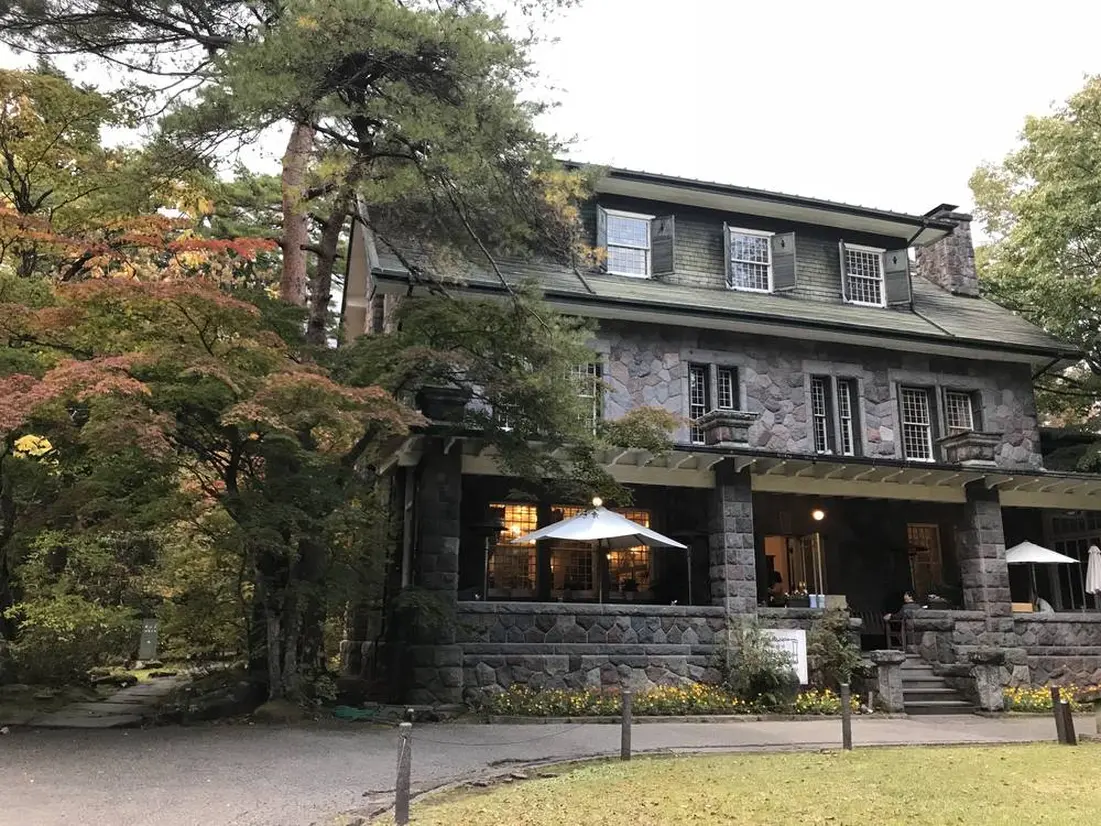
Meiji no Yakata, a Western-style restaurant that still retains the atmosphere of the Meiji era, was built in the quiet Nikko Fudoson Park area as a cottage for American trading merchant, F.W. Horn, who introduced the electric gramophone to Japan for the first time. The restaurant offers Western cuisine in an elegant setting.
The most popular dish is the Omelette Rice. The rich ketchup-flavored chicken rice is topped with a fluffy, tender egg and a generous amount of demi-glace sauce, which is made with a lot of time and effort, for an exquisite taste.
In addition to a wide variety of meat and fish dishes, you can also taste Nikko’s unique menu featuring Nikko’s specialty yuba.
